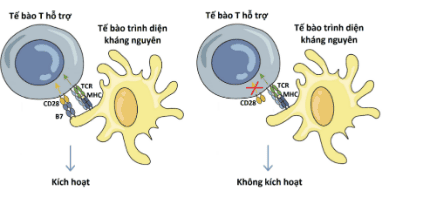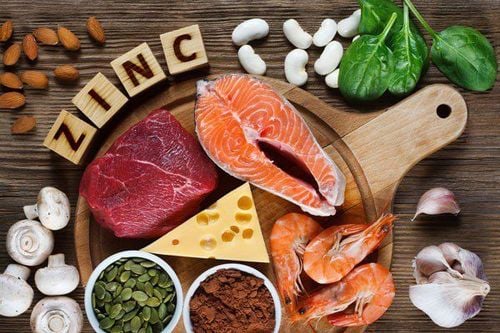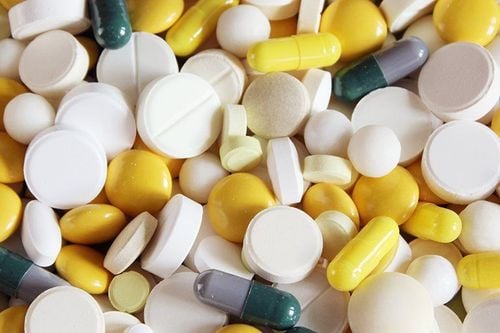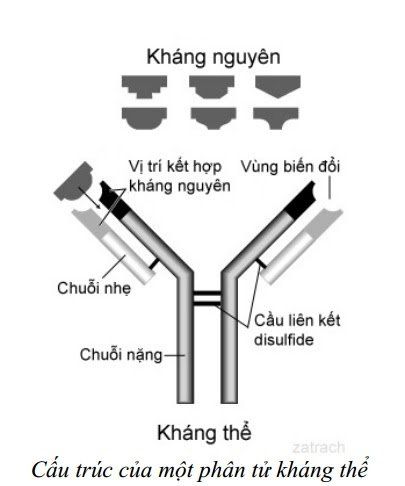This is an automatically translated article.
T cells (or T lymphocytes) play an extremely important role in the human body's immune response system. This type of cell is developed from bone marrow hematopoietic stem cells, which then mature in the thymus. The process to activate T cells will go through different stages as well as different pathways. So how are T cells activated?1. Overview of T cells in the body
In vivo T cells are developed from bone marrow hematopoietic stem cells and undergo differentiation to mature in the thymus. T cells can be differentiated into the following immune cells:Cytotoxic T cells: This type of T cell normally seeks out and attacks directly the body's harmful agents. organisms, such as viruses, bacteria, and cancer cells. Helper T cells: Also known as CD4+ T cells, they are activated by the specific binding between the T cell receptor (TCR) and the foreign antigen identified by the MHC class II molecule. present on the surface of APC cells. Helper T cells will combine with other immune cells in the body and organize immune responses. Regulatory T cells: Play the role of suppressing the body's immune system so that they do not cause an overreaction (such as autoimmune disease). Natural killer T cells (NKT): Unlike natural killer cells (NK cells), NKT cells are cytotoxic T cells. ) needs to be activated and differentiated prior to immune function. However, the two types of cells NKT and NK also have some similarities. They are all capable of rapid immune responses by participating in immune responses against and destroying tumor cells. Memory T cell: Helps to record signs on the surface of cancer cells, viruses or bacteria that have been killed before.
2. How are T cells activated in the body?
Normally, in the human body, T cells will be activated through the following 3 signals:Signal 1 T cells (T cells) are generated in the thymus (Thymus) and are programmed to spend specific to a particular foreign particle (antigen). Once the T cells leave the thymus, they circulate throughout the body until they recognize their antigens on the surface of antigen-presenting cells (APCs).
T cell receptors (TCRs) on both helper T cells (CD4 +) and cytotoxic T cells (CD8 +) bind to antigens when they are held in an MHC complex structure on the surface face of the APC. This can cause the initial activation of T cells (T cells). Then CD4 and CD8 molecules also bind to the MHC molecule and stabilize the whole structure.

Quá trình để kích hoạt tế bào T sẽ trải qua các giai đoạn khác nhau
This process leads to the production of millions of antigen-recognizing T cells. In addition, to help control the response, CD28 is stimulated by B7 and induces CTLA-4 (CD152). This molecule competes with CD28 by B7, so it reduces T-cell activation signaling, while also reducing the body's immune response. Cytotoxic T cells, on the other hand, tend to be less dependent on CD28 for activation, yet require signals from other co-stimulating molecules such as CD70 and 4-1BB (CD137). .
T cells (T cells) must strongly and clearly recognize foreign antigens to be able to induce an effective immune response. In addition, they also require several molecules for survival signaling, including ICOS, OX40 and 4-1BB. These molecules are normally found on the surface of T cells (T cells) and are stimulated by their respective ligands on the APC.
Unlike TCR and CD28, ICOS, OX40 and 4-1BB molecules are not expressed on T cells. Likewise, their respective ligands are expressed only on postrecognition APCs get pathogens. This is extremely important because it ensures that T cells are only activated by APCs that have encountered the pathogen and reacted.
Triple signal Once the T cell (T cell) has received a specific antigenic signal and a general signal, it receives more instructions in the form of Cytokines. This helps determine what type of feedback cell the T cell will become. In the case of helper T cells, it would be promoted to either Th1 (IL-12 cytokine-exposed cells), Th2 (IL-4) or IL-17 (IL-6, Il-23) type. Each one of these cells will perform a specific task in the tissue and develop other immune responses.
Populations of cells will migrate to the site of infection or inflammation in the body in response to the pathogen. Other immune cells are present at the site of inflammation, such as mast cells, neutrophils, and epithelial cells. These cells can release chemokines, cytokines, short peptides, and other molecules that lead to T-cell activation.
Please dial HOTLINE for more information or register for an appointment HERE. Download MyVinmec app to make appointments faster and to manage your bookings easily.
Reference source: ncbi.nlm.nih.gov












